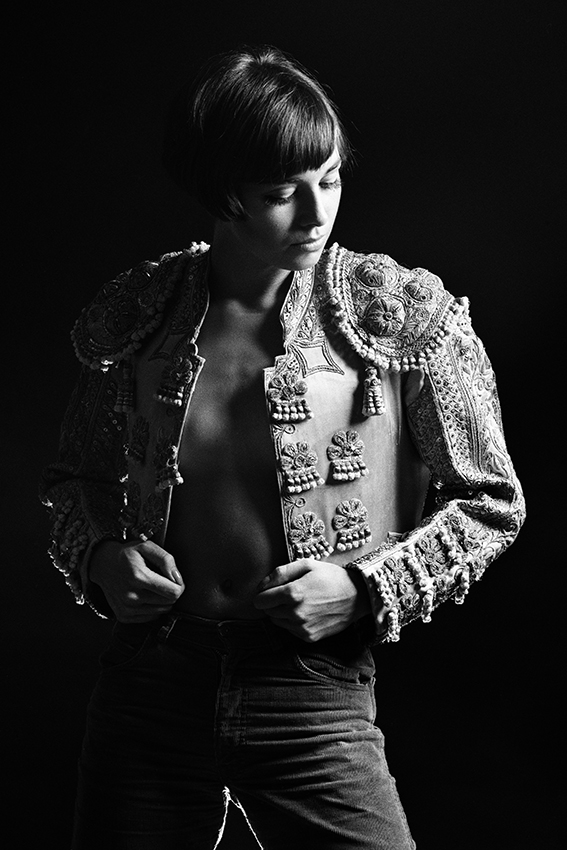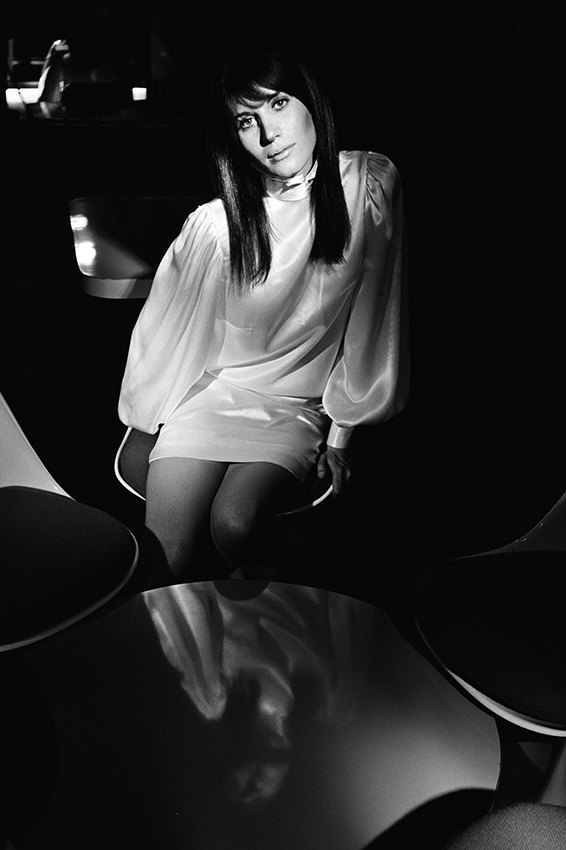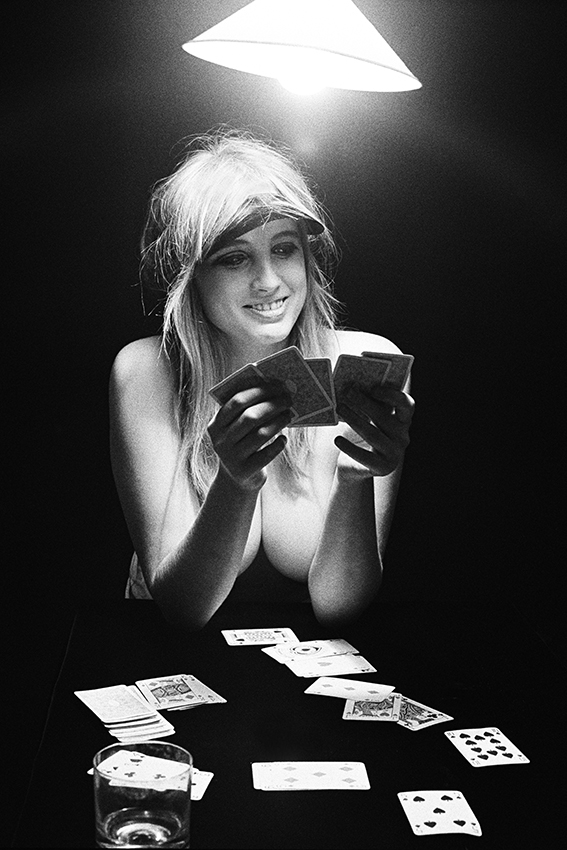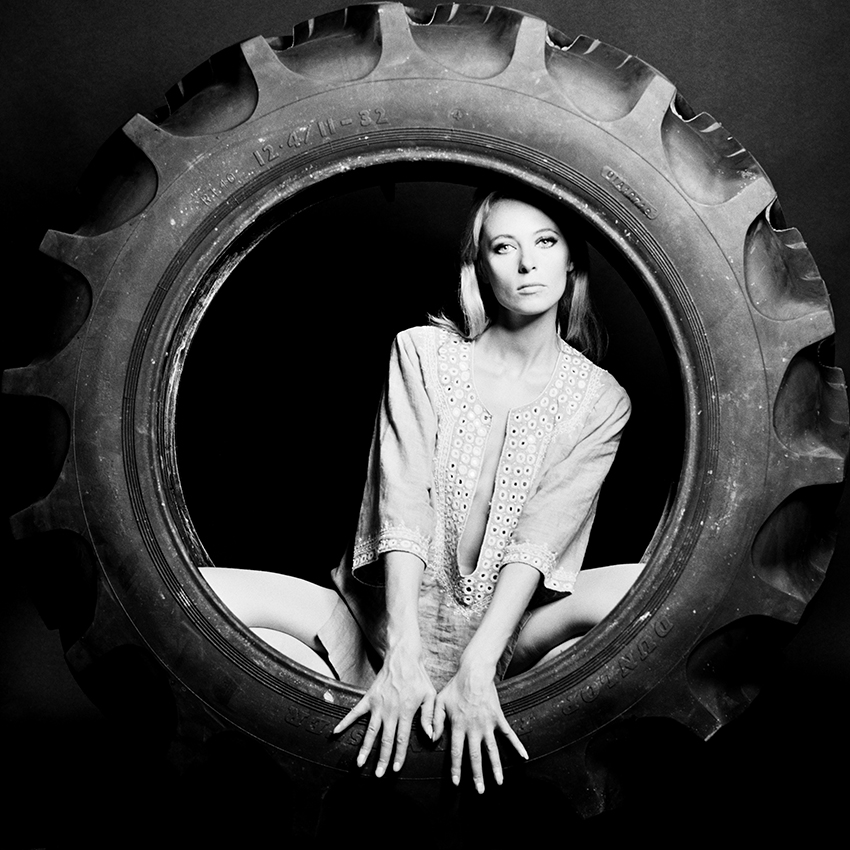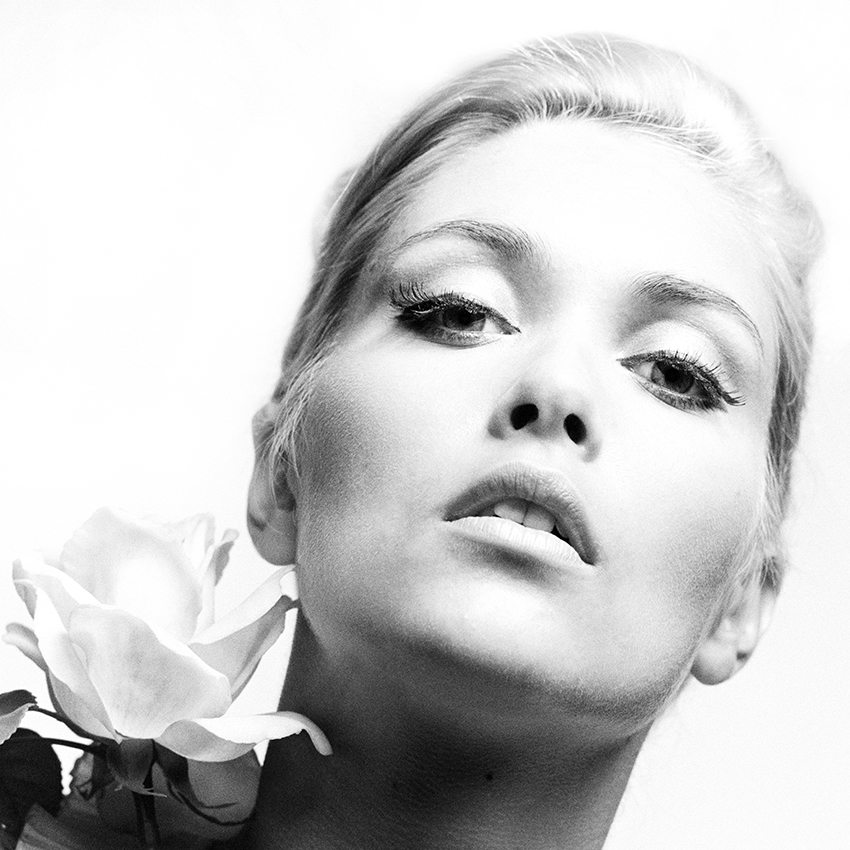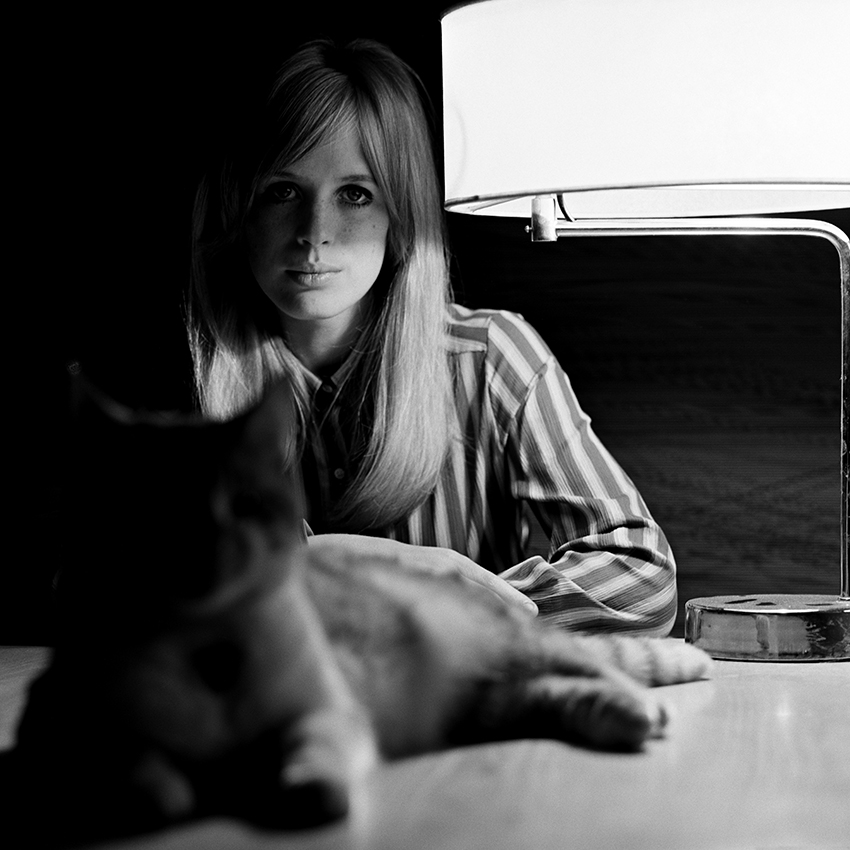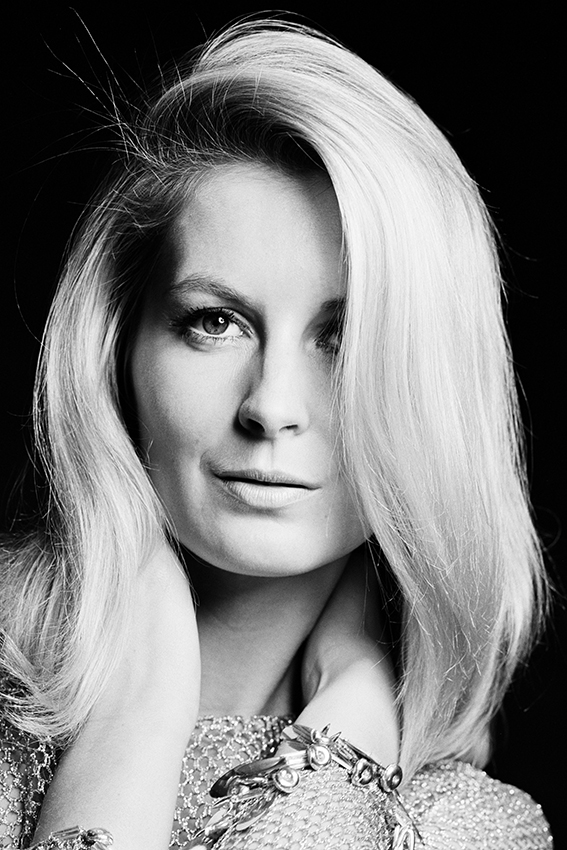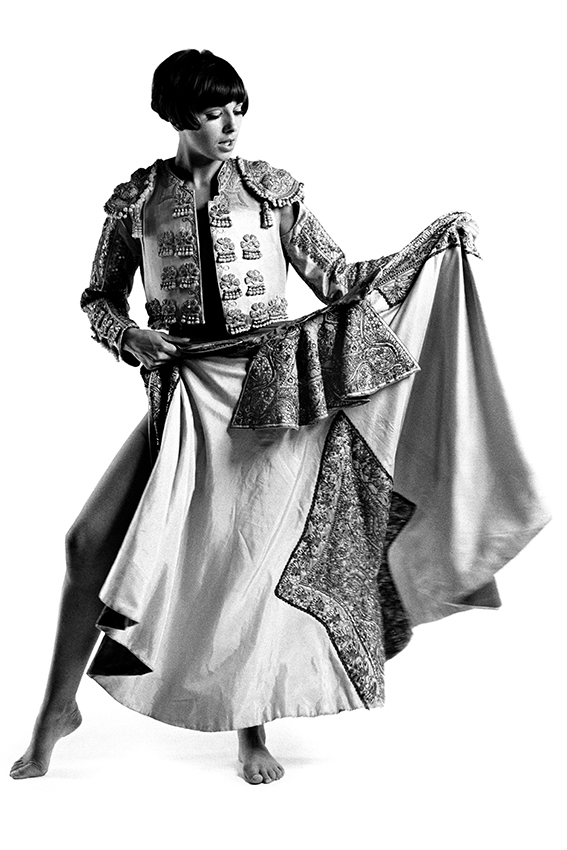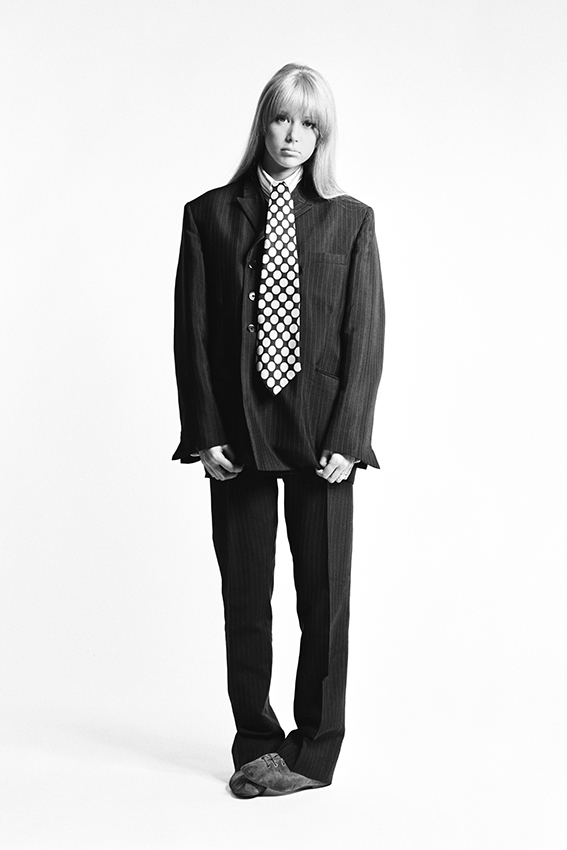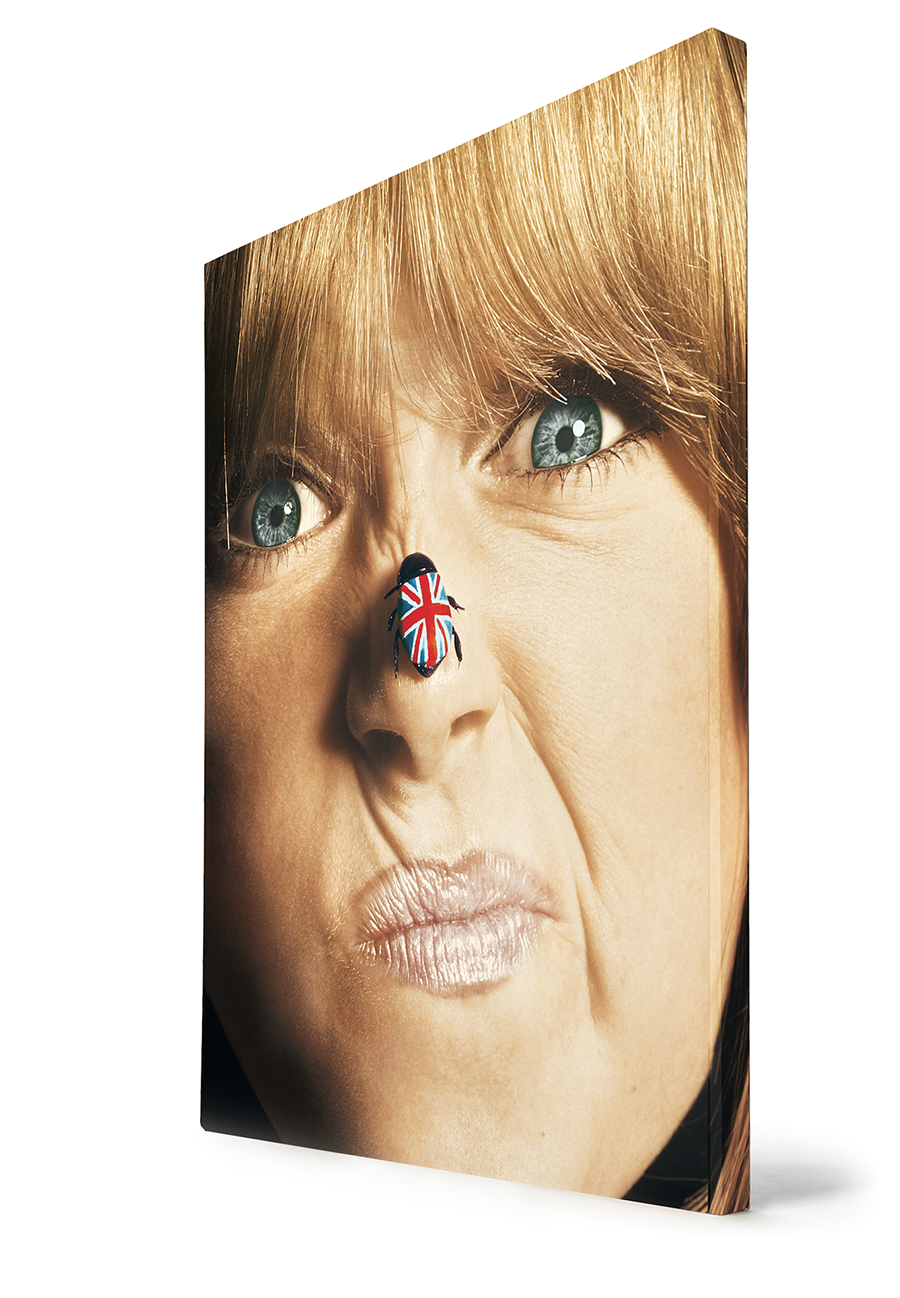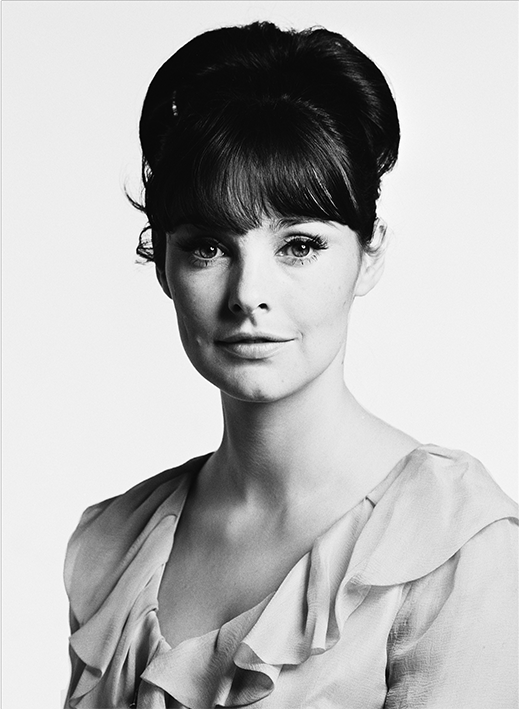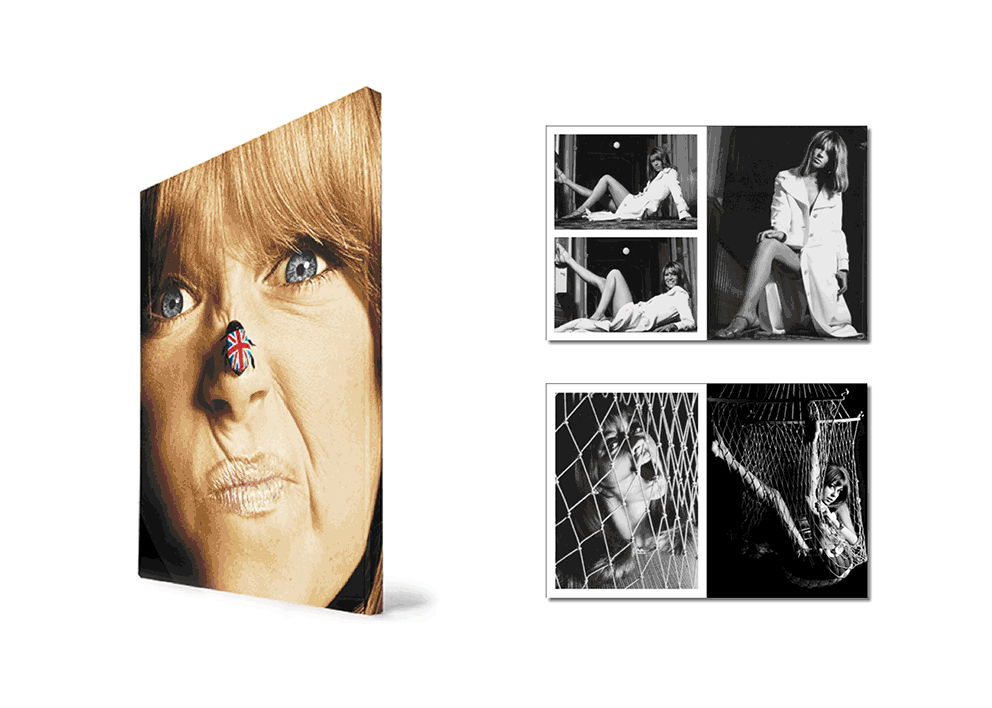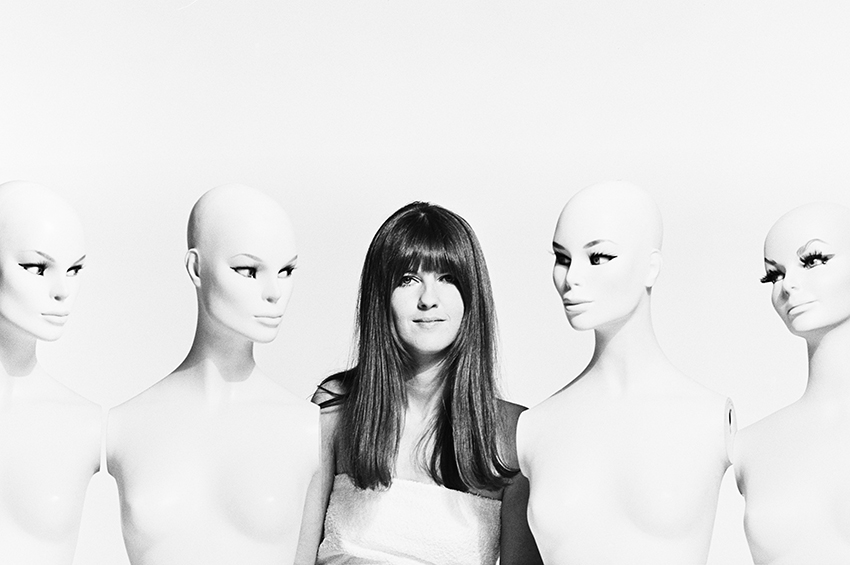Birds of Britain
Photographs by John d Green
John d Green’s photographs from his legendary book Birds of Britain, published in 1967 and long out of print, are the subject of a major new exhibition.
I am delighted to be able to announce that for the first time anywhere in the world, fifty years after John’s original photo-sessions for the book, we are hosting an exhibition of photographs from his Birds of Britain archive at our central London gallery. The gallery exhibition features a selection of images from the original book, alongside a number of previously unpublished photographs.
John d Green has never before offered collectors the opportunity to own limited edition photographs from his Birds of Britain archives – until now. John’s signed limited editions are available to purchase in a range of physical sizes to suit every wall space, and edition sizes are small. You can see them here, along with some information on The Big Book of Birds of Britain, the new ultra-large-format limited edition book from our publishing arm, Ormond Yard Press.
John has a breathtaking archive of work, and I am very proud that we are able to show his photographs in such large formats on the gallery walls – a world first – a full fifty years after they were first taken. We hope that you enjoy them – and that we can tempt you to add a bird or two to your collection.
Birds of Britain (1967)
Birds of Britain, an acclaimed book of photographs by John d Green, was published almost 50 years ago, in September 1967.
The book featured John d Green’s strikingly individual, unconventional and witty portraits of 58 of the girls who made London swing – actresses, models, aristocrats, fashion designers, boutique owners and pop singers.
The cover featured a close-up colour portrait of Pattie Boyd, scrunching her nose to try and shake off a beetle painted with a union jack, while inside the covers, the spectacular portraits were all black and white. A contemporary review called it “one of the most exciting photographic picture-books in a time of picture-books.”
Birds of Britain was a huge mainstream success, selling 60,000 copies (at a time when most coffee table books would have a print run of 3,000 copies), prompting newspaper headlines and serializations, TV appearances, outrage from parents of some of the girls featured in the book, a lavish launch party at Sibylla’s nightclub, a high-profile promotional tour of the USA for John, his friend, art director David Tree, and some of the girls, and an appearance on the Ed Sullivan show.
It had all started 18 months earlier, over a pint of beer in Kensington’s Adam and Eve pub with friends in early 1966. John d Green, then one of Britain’s top advertising photographers, had cut his teeth photographing every consumer product imaginable. He was at the top of his game, and highly regarded in the advertising industry, but little known outside it. It was time, he felt, to turn his attention to London’s female pacesetters.
The plan, conceived that night in the Adam and Eve by John and his friends and work colleagues David Tree, Terry Howard and Rowland Wells, was to create a fun coffee table book celebrating all the ladies who were key movers on the London scene. In the process, John would have the well-deserved opportunity to raise his profile outside the advertising industry.
The first shoot, with Lady Mary-Gaye Curzon, photographed covered in engine oil, took place on 29 April 1966. Just under twelve months later, in his final session for the book, John photographed Cetra Hearne in a haze of pipe smoke. Six months work on design and layouts and subsequent printing followed, with his close collaborator and art director on the project, David Tree.
Each image in John d Green’s first ever gallery exhibition is available to purchase as a signed limited edition photograph – to own and hang on your walls at home or in your office.
Lady Mary Gaye Curzon
Nineteen year old Lady Mary-Gaye Curzon was the first person to be photographed for Birds of Britain.
The session took place on Friday 29 April 1966 at John d Green’s Kensington studios.
John recalled the shoot vividly in a contemporary newspaper feature: “I was more nervous than she was. I opened the door and there she stood looking like everyone’s idea of an aristocratic English beauty. She was dressed in a mini bunny coat over a micro-mini skirt. Three hours later she was standing in my studio, covered in more than half a gallon of filthy sump oil.
I knew that her grandfather was one of the best known racing drivers to drive on the old Brooklands track. He had been one of my childhood heroes and I was anxious to photograph her against a background to do with motor cars. But what? It all started off simply enough. We toured London doing pictures with old crocks of motor cars, but by the time we got back to the studio I knew it wasn’t what I wanted.
A can of oil from my own car caught my eye. Let’s do some close-ups of your head with a streak of oil on your forehead. It will look great. It was done in a flash. “More oil.” There wasn’t any – so while Mary-Gaye had a cigarette and a drink, David Tree went to the garage next door and brought back a gallon of sump oil that had just been drained out of a 10-year-old Austin Cambridge. I was getting really excited. So was Mary-Gaye. Another cigarette. More talk. Her shoulders were soon completely covered with thick slimy oil. After the session she went to the bathroom, where it took here more than an hour to get herself remotely clean. Even when she had finished she was unrecognisable from the girl who had rung the doorbell three hours earlier. Mary-Gaye told me later that it took her more than two weeks, washing every day, to get all the oil out, but I have a feeling that she thought it was worth it. She does not look anything like a conventional English debutante in my photos, but she does look really fabulous, and that is the highest compliment that my camera and I can pay her.”
Mary-Gaye Curzon recalled many years later: “I wasn’t stripped as the picture may suggest–it was as decent as High Tea–but an aunt of mine was so appalled by Birds of Britain that she put herself to bed for a week. I had to write apology letters to lots of members of the family, saying I didn’t realise what I was getting myself into. ”
“ I wanted my pictures to be different, and to capture the mood of the London scene. When I photographed girls in unusual poses, it was because I thought they looked better that way. I certainly did not want any trouble, but sometimes I got it!” John d Green
The Honourable Victoria Mills
One of the most controversial photographs at the time featured the 19 year old Victoria Mills. The session took place on Friday 9 September 1966 at John d Green’s Kensington studios.
Victoria was the daughter of Lord Hillingdon, who ran Glyn, Mills and Co, a long established private bank founded in 1753. Blood didn’t come much bluer.
His Lordship was reportedly spitting feathers to find a photograph of his curvaceous daughter sitting at the card table, wearing a poker dealer’s visor, and apparently, not very much else. Hillingdon, a former Life Guards officer, went over the top. He instructed his solicitors to investigate. A spokesman at the time declared, in a suitably understated tone “It is an unfortunate book – and the fact that her picture is in it is undesireable.”
John recalled the session: “Victoria had long fair hair and a body of Amazonian magnificence – just the kind of looks that I imagined drove men mad in the gambling saloons of the American west. So that was how I photographed her. She really entered into the spirit of the thing. She sat down, a green eye-shade keeping her hair from her face, holding a full poker hand. Having set the scene up, I decided to experiment with a single precarious overhead lamp. She was being really co-operative, and I could feel we were producing exciting pictures, when – CRASH – the whole studio plunged into darkness and my camera plunged to the floor. It took a few minutes of groping around to find the light switch, but when the lights came back on Victoria was still sitting there holding the cards in her hands. She hadn’t moved an inch. It just goes to show that if you are a lady you can take anything in your stride.”
More about the limited edition photographs
Physical size options
We wanted to give collectors the opportunity to choose from a carefully considered range of sizes – because people’s space requirements vary. Each of John’s photographs is available to purchase in a choice of four physical size options, from a small scale 10×12 inch size, ranging up to a huge (and truly incredible) 44×66 inch size.
There will be examples of all the available sizes on show on the walls during the gallery exhibition.
Technical details
John’s original negatives have been carefully stored for 50 years. These have been drum scanned to preserve the integrity of the original film image, ensure ultimate optical sharpness, and full tonal range. Each signed limited edition pigment print is made using archivally stable inks on fiber-base paper, giving deep blacks, pure whites, and the look and feel of traditional silver gelatin paper.
All photographs are made to order, and individually numbered and signed by John d Green on the front, in the white border under the image area. The signature and number are both a mark of authenticity and an approval of quality.
Edition sizes
Edition sizes are small. For each photograph, the maximum number of signed and numbered prints across all the physical sizes is 50, worldwide. 20 are offered in the small 10×12 inch size, 15 in the regular size (20×24 inch paper), 10 large (30×44 inch paper) and finally, 5 in the ultra-large format (44×66 inch) version.
Framing
Prices on the website are shown for unframed photographs. We can supply photographs unframed or framed – the choice is yours. We can organise framing for you, and if you visit us at the gallery you will see the frames we use on the different physical sizes. Please get in touch and we can run you the options. For clients outside the UK we recommend that you purchase an unframed photograph and arrange framing locally, but we can of course arrange delivery to you anywhere in the world. There is a charge for delivery of framed items.
Timing
Turnaround time for an unframed photograph is 2-3 weeks.
Framing adds a further 2-3 weeks to the process.
More about the girls
Who were the Birds of Britain ?
Many of the actresses, models, aristocrats, fashion designers, boutique owners and pop singers featured in the exhibition you will know very well, some you will now be meeting for the first time.
In no particular order, the exhibition features Julie Christie, Charlotte Rampling, Alexandra Bastedo, Pattie Boyd, Cathy McGowan, Jane Birkin, Mary Quant, Martine Beswick, Mary-Gaye Curzon, Annabella Macartney, Viviane Ventura, Susan Maughan, Sue Cornwallis, Juliet Harmer, Marianne Faithfull, Sue Murray, Suzanna Leigh, Vicki Hodge, Susannah York, Sarah Miles, Ingrid Boulting, Sue Lloyd, Angela Pringle, Sandra Paul, Paula Noble, Dusty Springfield, Hayley Mills, Jane Asher, Susan Hampshire, Edina Ronay, Fay Browning, Ingrid Hepner, Jacquetta Lampson, Pat Booth, Samantha Juste, Shirley Anne Field, Sibylla Edmonstone, Venetia Cuninghame and Victoria Mills.
One of the above ladies is a completely new discovery and did not feature in the original 1967 book.
Due to space constraints, not everyone from the original book features in the gallery exhibition, but they are going to be all present and correct in The Big Book of Birds of Britain
Check out ‘Give us this day our daily bird’, our series of regular posts about the individual ladies.
Salon style
We know you face a dilemma with these beautiful photographs. There are so many classic images that you want, how do you narrow it down ?
The purpose behind the 10×12 inch size is to help you in your quest. The option to purchase photographs in this small size means that if you have half a dozen favourites, you don’t need to hold back – you can get them all.
Taking this on a level, if you decide that you want to go all out, you can create a collection with many more photographs, and hang them ‘salon style’. First popular in the 17th century, and making a real comeback now in interior design circles, salon style hanging involves covering a wall or walls with a large number of pieces grouped closely together, often right up to the ceiling.
Sibylla Edmonstone
Meet Sibylla Edmonstone, photographed in the nightclub bearing her name on 29 July 1966 by John d Green, a little over one month after the club was launched.
A glittering list of the great and the good (with The Beatles and The Rolling Stones close to the top) in London’s social scene attended the launch party for Sibyllas nightclub in Vine Street, Mayfair, on Wednesday 22 June 1966. The guest list was originally published in Queen Magazine in 1966. “A more glittering line up of guests could hardly be imagined,” said Cathy McGowan.
The club was named after Sibylla Edmonstone, the beautiful young aristocrat pictured alongside, the grand-daughter of Marshall Field, the American entrepreneur and founder of a chain of department stores in Chicago.
Although Sibylla was not herself on the guest list for the party on 22 June, John d Green was there, along with David Tree, Rowland Wells and Terry Howard (who was a director of the nightclub). This was the same group of friends who first discussed the Birds of Britain project over a few beers at the Adam and Eve pub in Kensington earlier in 1966. Many of the ladies who subsequently appeared in Birds of Britain were on the guest list for Sibyllas launch party. By the time of the party, John had photographed nine Birds of Britain subjects. The party may well have provided him with some others.
John photographed Sibylla Edmonstone a month later, on Friday 29 July 1966, at the nightclub, rather than at his Kensington studios – the location for the majority of the Birds of Britain sessions.
When it was time to choose a venue for the Birds of Britain launch party in September 1967 there was really only one place it could be.
Over the course of a year, John d Green photographed almost 60 actresses, models, aristocrats, fashion designers, boutique owners and pop singers in a series of strikingly individual, unconventional and witty portraits. This was a prolific output given he was still working as a full-time advertising photographer.
Alexandra Bastedo
Here’s Alexandra Bastedo, photographed by John d Green in his Kensington studio on 9 September 1966.
She was 20 when the photograph was taken.
Alexandra was a British actress best known for her role in the 1960s TV series The Champions, and who also appeared in the 1967 movie Casino Royale. In 1992 she appeared in “Fat” — the second ever broadcast episode of Absolutely Fabulous, playing a 1960s model associate of Edina and Patsy. Followers of British indie band The Smiths will recognise this as the cover photographs for their 1988 album Rank. Alexandra passed away in 2014.
John d Green’s signed limited edition photographs of Alexandra Bastedo are available to purchase in a range of physical sizes, starting with a 9×9 inch image on 10×12 inch paper.
John d Green
John d Green won his first camera aged 10 – a prize for taking a photograph with a pinhole camera made from a mustard tin. The irony would not be lost in later years on John, who, in a dazzling career as a top advertising photographer in the early sixties, would go on to photograph a great deal of mustard.
John left school at 15 and began a six year apprenticeship at a firm of commercial photographers in London, learning all aspects of the business. It was only in the fourth year of his apprenticeship that he was allowed to use the company’s studio and take pictures for the first time. He never looked back. He rented his first studio in Knightsbridge, funded with £70 cash and an overdraft as long as his arm. From the off, his work was highly regarded by art directors from top advertising agencies, and within two years he was able to buy a studio in Adam & Eve Mews,Kensington,where he would be based for the rest of his career.
Whatever spare time he had in the sixties was spent motor racing, and he frequently raced at Brands Hatch and other circuits all over the country in his Marcos GT. Birds of Britain might never have been, as John almost came to a sticky end at Whitsun in 1966. He was racing at Brands Hatch when he ran out of road at the circuit, his car somersaulted four times, and he crashed into a bank. To the surprise of spectators, John was able to crawl out from the wreckage with nothing more than a broken ankle.
After the success of Birds of Britain, John moved away from photography and launched a floating nightclub and restaurant on the Thames called the Sloop John D, which he ran for four years, and then sold. He returned to photography and specialised in shooting luxury cars on location, and subsequently fashion and beauty. He then retired, never taking a photograph in anger again. John now divides his time between London and the Balearic Islands, where he is a passionate sailor.
Questions?
If you have any questions at all about the Birds of Britain exhibition please just ask – we are here to help.
The Big Book of Birds of Britain.
Photographs by John d Green.
The Big Book of Birds of Britain, with photographs by John d Green, is the latest book from our publishing arm, Ormond Yard Press, and features the very best from John d Green’s Birds of Britain archives. It is being published in early 2017, and the window for pre-orders is now open.
As with all Ormond Yard Press volumes, it is a book on a spectacular scale: a hardcover volume housed in its own printed slipcase and measuring 24 inches high x 18 inches wide (60x45cm) when closed, 24 x 36 inches (60 x 90cm) when open, with 96 pages of photographs. The physical scale may be large, but the edition size is reassuringly small – just 750 individually signed and numbered copies are available to collectors worldwide.
Why now?
Good question. Well – it had to happen at some point. John’s breathtaking archive is simply too important to have never been the subject of a dedicated gallery show. Fifty years has a nice ring to it, and fifty years ago, in October 1966, John d Green was slap bang in the middle of the Birds of Britain project. I think fifty years is long enough to wait to see these incredible photographs on a gallery wall – don’t you?
This is a very personal project for me. I first discovered John d Green’s 1967 Birds of Britain book in a second hand bookshop more than 20 years ago, and I have cherished it ever since. I loved every aspect of it – starting with that bold cover without text, featuring a tightly cropped photograph of Pattie Boyd with a bug on her nose. I loved the fact that that bug was painted with a union jack. I had not heard of the photographer John d Green until that day. There was some information on him towards the back of the book, along with the coolest author photograph I had ever seen. He looked like James Bond and seemed to have a lifestyle just like 007. Years passed and I dipped into the book from time to time. Occasionally I would see another copy in a bookshop on trips around the UK , Europe and the USA. Over time, many of the photographers I worked with and exhibited at the gallery mentioned that they too owned the book, and revered it.
As time marched on, it became more prominent in my thinking. Could we put on exhibition of Birds of Britain photographs? That would first involve tracking down John d Green. Finding the man was proving tricky – in fact downright impossible. Was he even alive? I wasn’t sure. He was nowhere on the internet and was definitely off the grid. Very Bond-like.
That made the hunt even more interesting. At a dead-end after a couple of years searching through the established channels, it was time for serendipity to come into play. A family lunch and a conversation around the table about my quest brought a cough from my godfather and the now immortal words – “I know John – he was my neighbour. I probably still have his phone number.” He did – and armed with the number I picked up the phone and dialed. We talked, we met, and together with John’s wife Katie, we started planning this incredible exhibition together, and the accompanying book, The Big Book of Birds of Britain, which will follow it. And now here we are – ready to go with the show.
Many of the ladies that John photographed are very well-known. Others, less so. To my mind, they all have equal billing, as they were all willing subjects in a very special project that happened fifty years ago. Some of the ladies have, sadly, passed away, but many are still with us, and each has a story. Over the course of the exhibition, we will be sharing with you what we know about each of these fabulous subjects.
I am tremendously proud that we are hosting this exhibition, and hope you enjoy it. We look forward to seeing you at the gallery.
Guy White, Director, Snap Galleries







